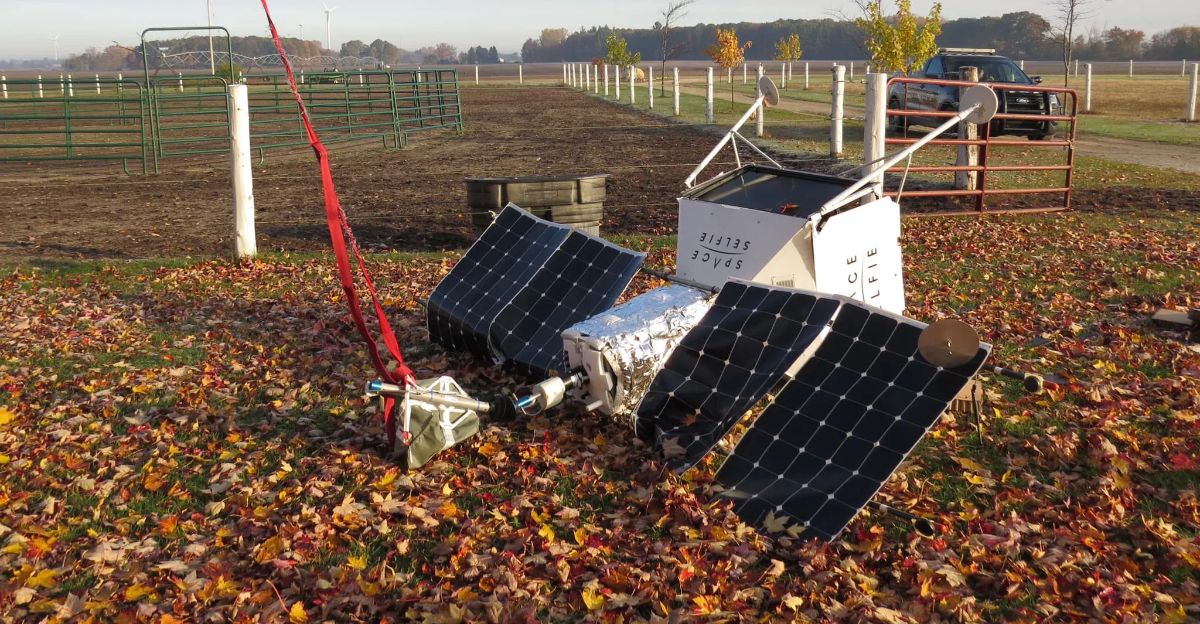
Nearly 500 Starlink satellites have burned in Earth’s atmosphere as part of their scheduled de-orbiting after their approximately five-year operational lifespan ended in the first half of 2025 alone. The booming satellite industry is the cause of this mass re-entry; there are currently over 12,000 active satellites orbiting the Earth, and by 2030, there may be up to 100,000.
The phenomenon is not just a technical or operational problem; it also has connections to public health, atmospheric science, and international environmental policy. The scale of atmospheric pollution is exacerbated by the quick expansion of satellite constellations for military, internet, and Earth observation purposes, creating a complex issue that goes beyond conventional space debris issues.
From Environmental Risk to Space Debris
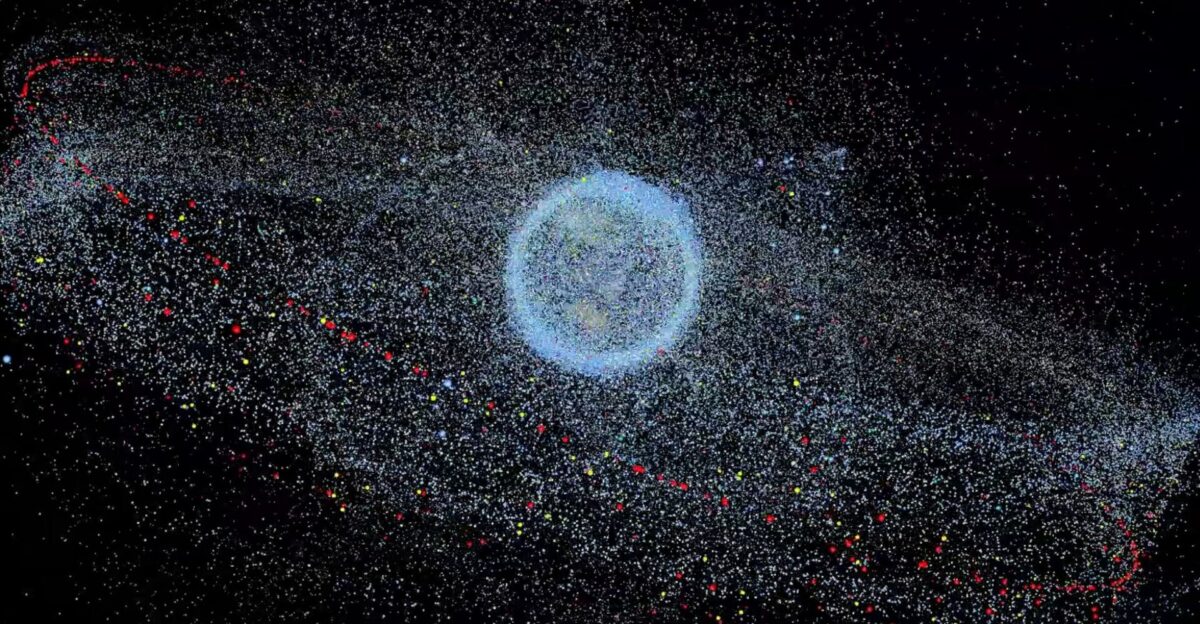
Although the issue of space debris has been acknowledged since the beginning of the space age, the magnitude of satellite burn-ups is unprecedented. This is the first wave of large-scale atmospheric re-entries as the first Starlink satellites, launched in 2019, approach the end of their lives. The amount of debris falling back to Earth has doubled in the last ten years, and the number of satellites in low-Earth orbit has increased tenfold.
This change in perspective is indicative of a more general evolution in how people view their impact outside of Earth’s surface. Once thought to be an endless frontier, the space environment is now understood to be a delicate ecosystem that has a ripple effect on life on Earth. Early industrial pollution has historical parallels, as long-term environmental crises resulted from an initial disregard for air pollutants.
The Size and Velocity of De-orbiting Satellites
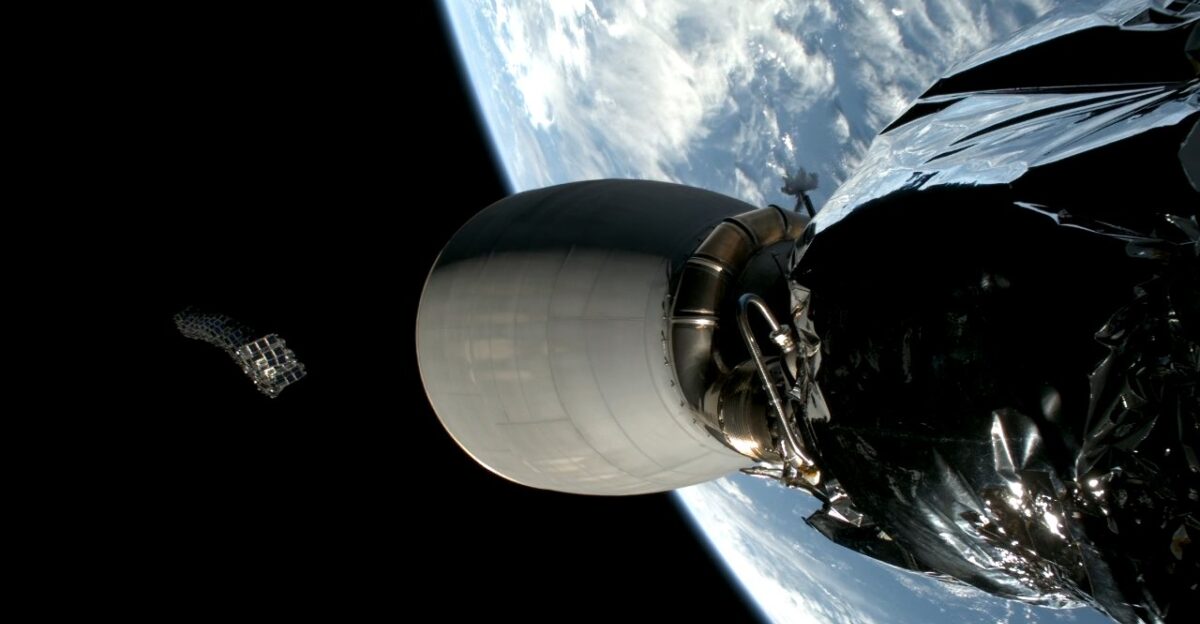
In just six months, 472 Starlink satellites burned up in the atmosphere as a result of SpaceX de-orbiting roughly 2.6 satellites per day between December 2024 and May 2025. The magnitude of the mega-constellations and their operational cycles are reflected in this quick rate. Over 7,700 of the roughly 10,000 active satellites in low-Earth orbit are part of Starlink alone.
But there isn’t much time for environmental impact analyses or the creation of more environmentally friendly disposal methods with this operational pace. For atmospheric scientists trying to track and simulate the dispersion of pollutants, the sheer number of re-entries presents logistical difficulties as well. Additionally, localized atmospheric effects could result from the clustering of re-entries in particular orbital regimes, making mitigation strategies more difficult.
Metal Aerosols and Aluminum Oxide

NASA and NOAA-funded studies show that when satellites burn up, they emit large amounts of exotic metals and aluminum oxide nanoparticles. Approximately 66 pounds of aluminum oxide, a substance known to disrupt ozone chemistry, can be released by a single 550-pound satellite. Aluminum oxide particles in the atmosphere increased eightfold between 2016 and 2022, and if current launch rates continue, estimates indicate that this number could rise by 646% by 2040.
However, unlike CFCs, a new and little-researched cause of ozone depletion is the constant inflow of metal oxides from satellite burn-ups. Furthermore, these particles have the ability to affect solar radiation scattering and cloud formation, which may change regional climate patterns. Because these aerosols persist in the stratosphere, where natural purification processes are slow, their environmental impact may last for years after the decommissioning of each satellite.
Climate Consequences: Altering Winds and Temperatures in the Atmosphere
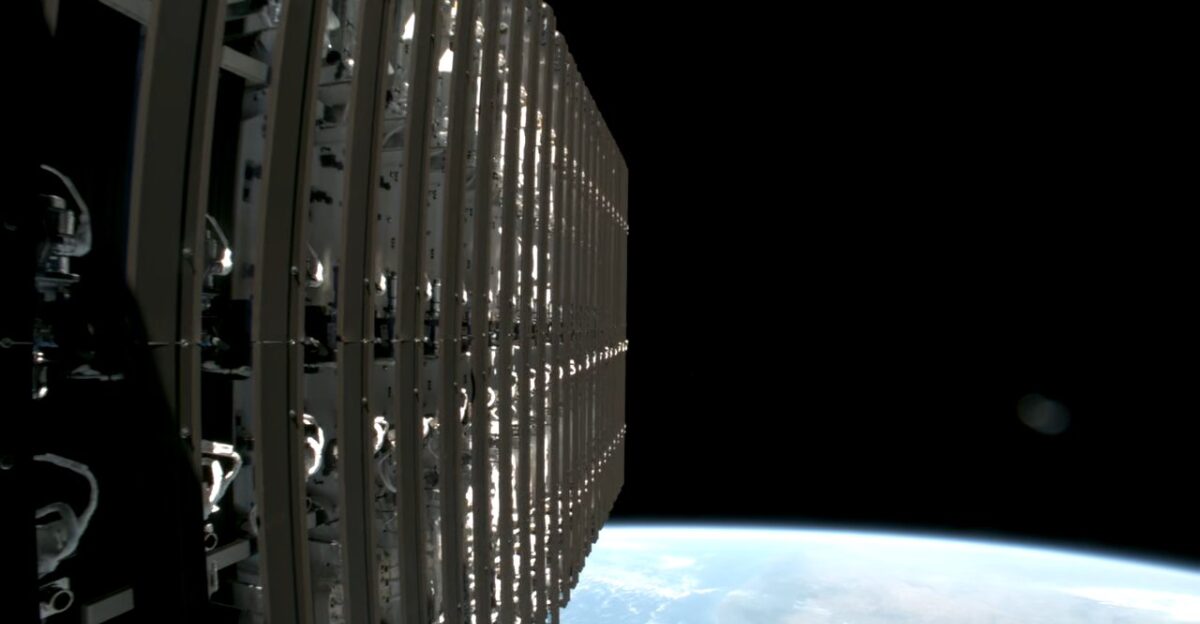
In addition to ozone depletion, burning satellites can release metals like aluminum oxide that can change wind patterns and atmospheric temperature profiles. According to modeling, by 2040, the middle and upper atmosphere may see temperature changes of up to 1.5°C and decreased wind speeds, which may impede the ozone layer’s natural recovery. Weather systems and atmospheric circulation may be impacted by these disturbances, which could have wider climatic repercussions.
Unexpected outcomes are possible due to the intricate and poorly understood feedback loops between satellite-derived atmospheric pollution and terrestrial climate systems. Furthermore, these disruptions may be made worse by the cumulative effect of several satellite constellations entering the atmosphere each year, which would make climate modeling and forecasting more difficult.
Industry and Regulatory Practices: The Current Situation and Its Drawbacks
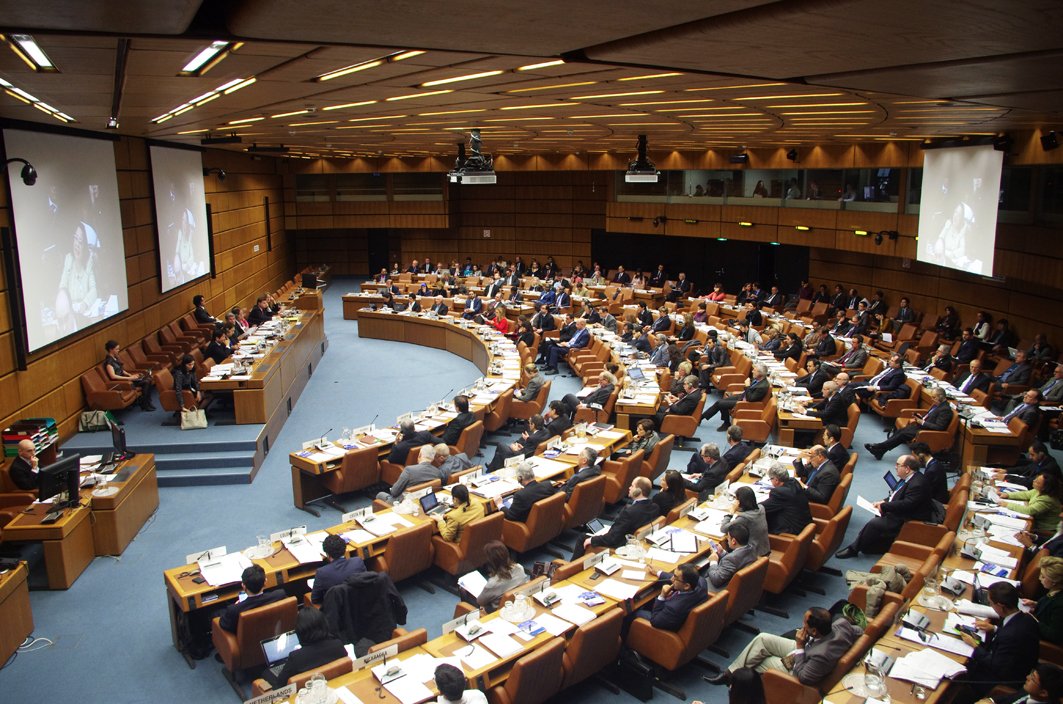
In order to lower the risk of space debris, current U.S. regulations mandate that satellites in low-Earth orbit re-enter and burn up within five years of the end of their mission. This policy essentially forces atmospheric disposal over other options, such as the “graveyard orbits” that were previously employed. Due to licensing requirements, industry participants such as Globalstar have switched from high-altitude storage to atmospheric re-entry.
Although they have started talking about space sustainability, international regulatory organizations like the United Nations Committee on the Peaceful Uses of Outer Space (COPUOS) have not yet included atmospheric impact assessments in their guidelines. A patchwork of standards that do not fully take into consideration the environmental impact of satellite operations is produced by this regulatory lag.
Innovations and Technological Reactions
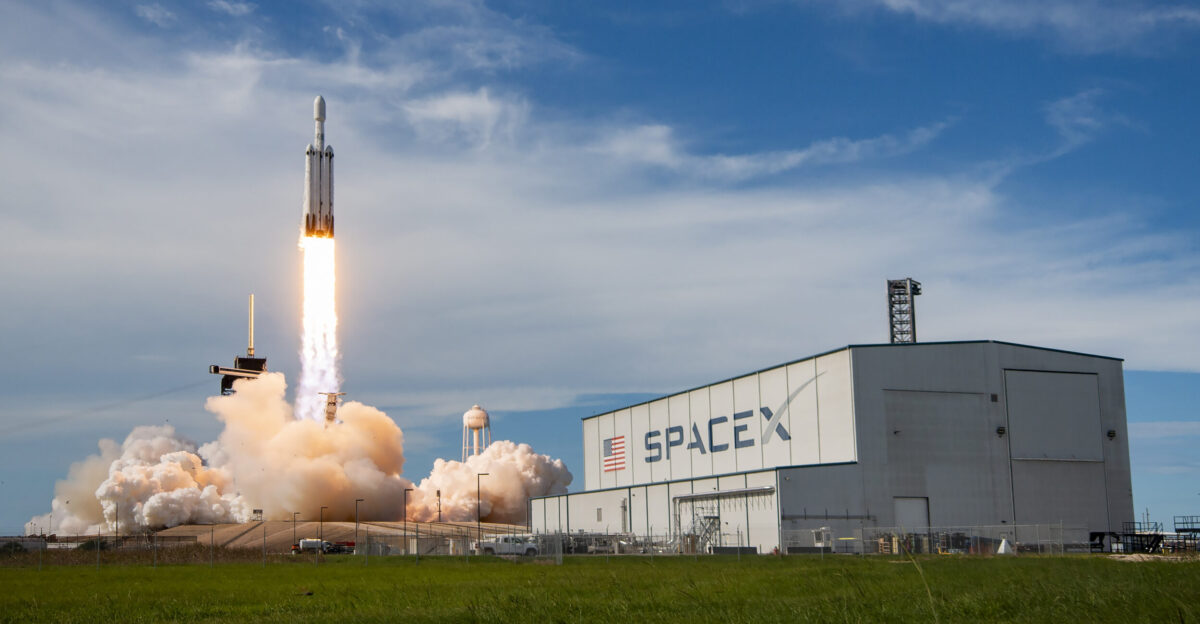
Manufacturers of satellites are investigating materials that completely disintegrate upon re-entry and longer operational lifespans in an effort to reduce environmental harm. For instance, SpaceX wants to cut the frequency of burn-ups in half by extending the life of Starlink satellites from five to ten to fifteen years. Although the environmental effects of alternative metals are still poorly understood, there is also a push to substitute less hazardous materials for aluminum components.
Fewer satellites may need to be de-orbited early thanks to developments in space debris removal technology, such as active debris capture and recycling. Before being widely adopted, these technological solutions must overcome formidable engineering, financial, and regulatory obstacles. Governments, businesses, and academia must work together to develop environmentally sustainable satellite life-cycle management and spur innovation.
The Importance of Satellite Systems
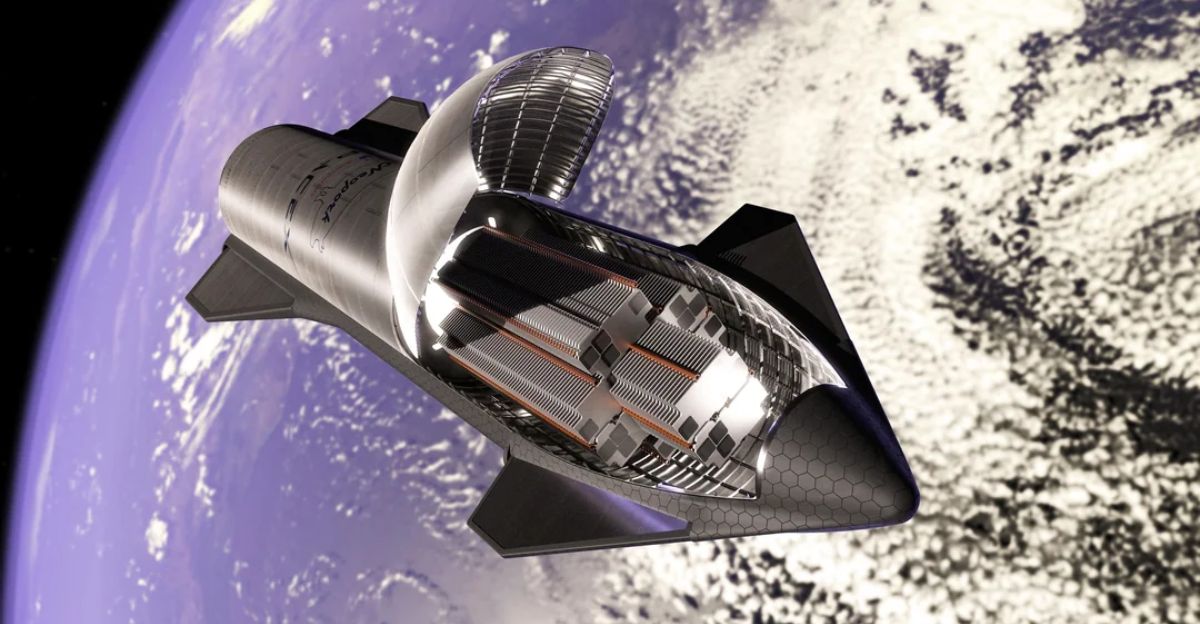
Environmental concerns are legitimate, but it’s essential to recognize how revolutionary satellite constellations like Starlink can be. In order to close the digital divide and promote economic growth, they offer high-speed internet access to more than 1.4 million homes in the United States, particularly in underserved rural areas. The difficulty is striking a balance between environmental stewardship and these societal benefits. Stopping satellite launches, according to some, might impede the advancement of technology and global connectivity.
Satellite networks facilitate vital uses such as national security, environmental monitoring, and disaster response in addition to internet access. These services have significant social and economic benefits, especially for remote communities and developing nations. Environmental restrictions’ detractors warn that stringent laws may impede innovation and restrict access to essential technologies.
Possible Effects at the Second and Third Orders

Unchecked satellite burn-up pollution may worsen ozone depletion, increasing exposure to UV radiation and the risk of skin cancer and other related health issues. Wide-ranging ecological and economic repercussions could result from altered atmospheric dynamics that affect weather extremes and climate patterns. Furthermore, atmospheric pollution may impede climate monitoring and ground-based astronomy, making scientific research more difficult.
For example, elevated UV radiation may affect marine ecosystems, biodiversity, and agricultural productivity, which could have a domino effect on livelihoods and food security. Interference with astronomical observations may delay climate change research that is essential for making policy decisions and impair our comprehension of the cosmos. In terms of geopolitics, countries with sophisticated space capabilities might be under pressure to take the lead in environmental stewardship, while others might call for fair laws that safeguard common atmospheric resources.
Moving Towards Conscientious Satellite Management
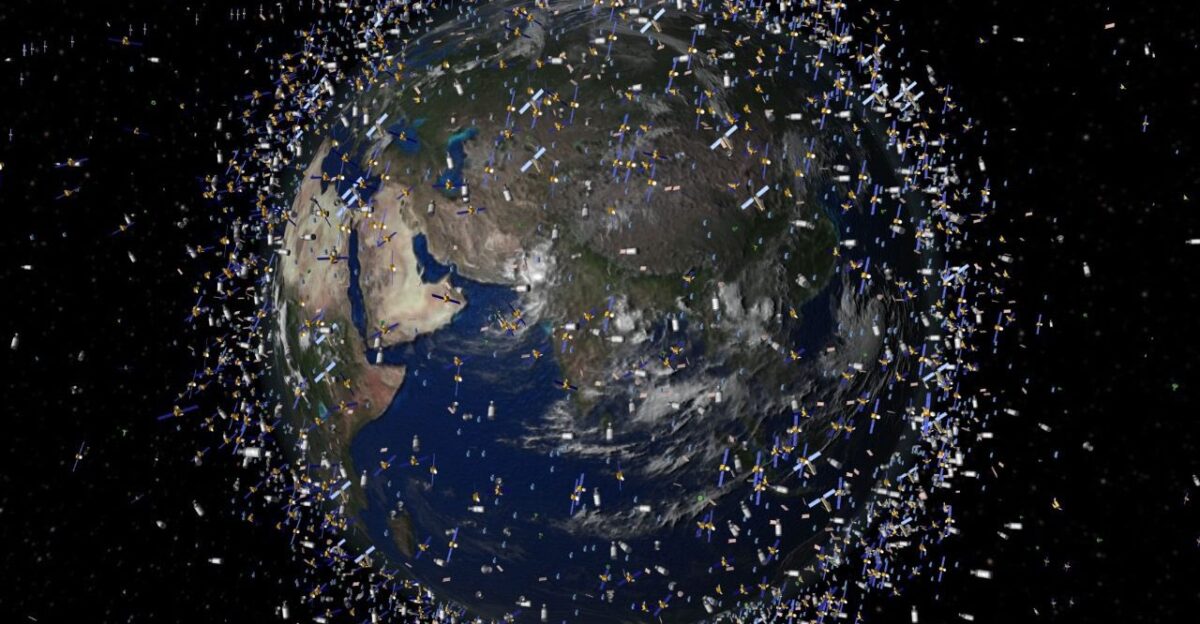
A clear sign of an impending environmental catastrophe connected to the space industry’s explosive growth is the burning of 500 satellites in Earth’s atmosphere this year. Burning satellites lowers orbital debris, but it also releases pollutants into the atmosphere, endangering climate stability and ozone recovery.
We cannot balance the need to protect Earth’s delicate atmosphere with humanity’s aspirations for the cosmos unless we take concerted, open, and scientifically informed action. In order to increase public awareness of space’s environmental impact, this stewardship must also involve education and public engagement. The problem is not just technical, it is also moral. Striking a balance between responsibility and sustainability and innovation and exploration.







